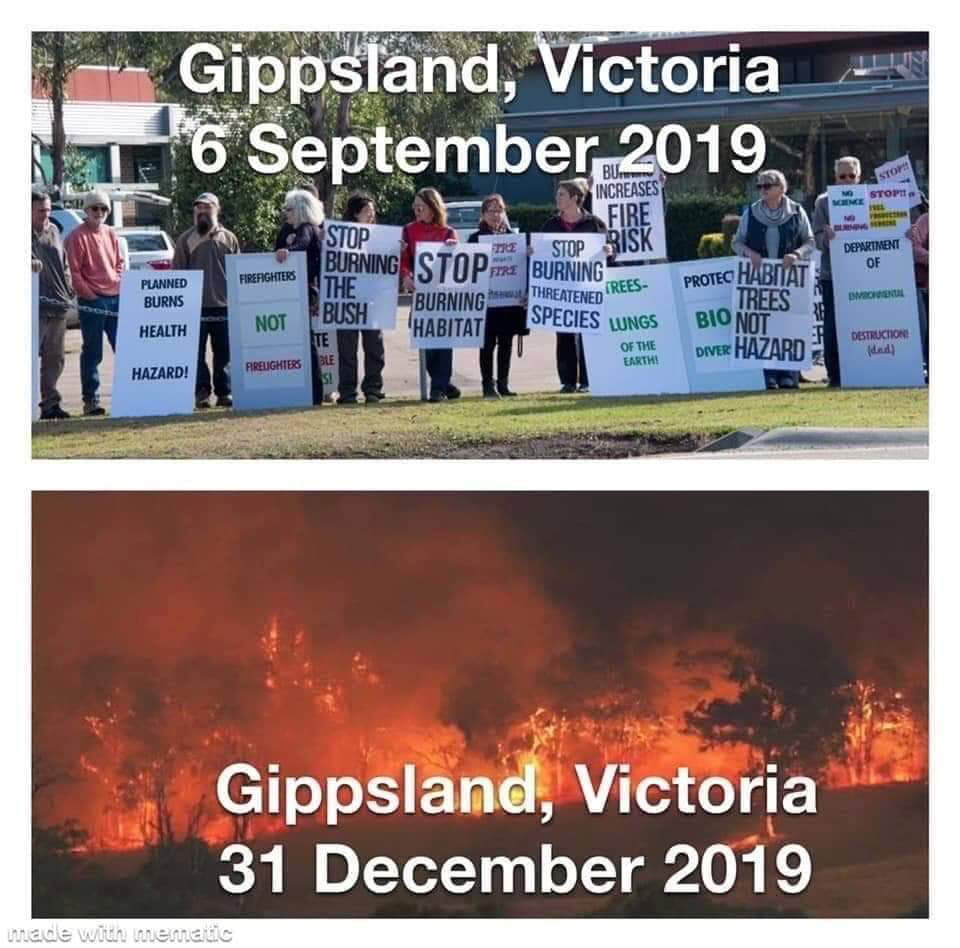Originally published: https://quadrant.org.au/opinion/doomed-planet/2019/02/bushfire-management-wisdom-versus-folly/
By Roger Underwood
Many years ago, still a young man, I watched for the first time the grainy, flickering black & white film of the British infantry making their attack on the opening day of the Battle of the Somme. The terrible footage shows the disciplined soldiers climbing from their trenches and, in line abreast, walking slowly across no-man’s land towards the enemy lines. They scarcely travel a few paces before the German machine gunners open up. They are mown down in their thousands. They are chaff before a wind of fire.
I can still remember being struck nerveless by these images, & later my anger when I realised what that calamitous carnage represented. It spoke of the deep incompetence of the generals who devised this strategy of doom & then insisted upon its implementation. It spoke of front-line men led by people without front-line experience. It spoke of battle planners unable to think through the consequences of their plans, & who devalued human lives. It spoke of a devastating failure of the human imagination.
Worst of all, the strategies of the World War I generals demonstrated that they had not studied, or that they had forgotten, the lessons of history. In the final year of the American Civil war, 50 years earlier, the Union army had been equipped for the first time with Springfield repeating rifles, replacing the single-shot arms still were being used by the Confederate army. The impact on Confederate soldiers attacking defenders armed with repeating rifles was identical to that later inflicted by machine guns on the Western Front. But it was a lesson unlearnt, of collective wisdom unregarded.
None of you will have any difficulty in seeing where this analogy is taking me.
The catastrophic bushfires of 2009 in Victoria, & the other great fires of recent years in that state, New South Wales, the ACT & South Australia are dramatic expressions not just of killing forces unleashed, but of human folly. No less than the foolish strategies of the World War 1 generals, these bushfires & their outcomes speak of incompetent leadership & of failed imaginations. Most unforgivable of all, they demonstrate the inability of people in powerful & influential positions to profit from the lessons of history & to heed the wisdom of experience.
Read the full document: https://saltbushclub.com/wp-content/uploads/2020/01/bushfire-management-wisdom-vs-folly.pdf [PDF, 384 KB]



